For example, the way you put your hands on your lap or cross your legs is very telling to those who know. Have you wondered what personality you are or how your sitting position might showcase that? It’s quite interesting! Keep reading to see what your seated position could be telling others about you!
Spreading out While Sitting
It’s often annoying to sit beside someone who spreads out their legs wide when they sit. They may have trouble concentrating on one thing or sitting still. Often, they love a fast-paced environment, are easily bored, and speak before they think.

Spreading Out While Sitting
Where You Sit Gives Clues to Personality
If you have the choice of a couch, bench, or another seating area, it makes a difference. People who choose to sit in the middle are often more confident. They’re bold and tend to make friends more easily. Shy or introverted people might pick a side so that they’re not surrounded by others.
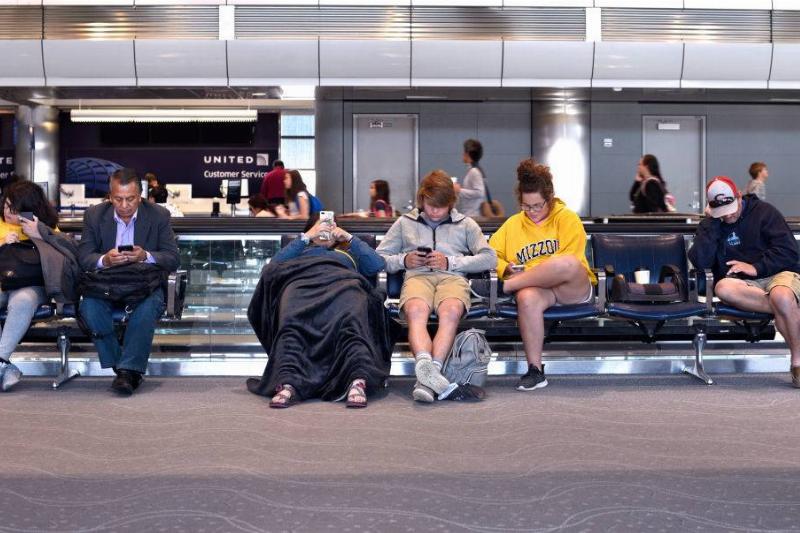
Where You Sit Gives Clues To Personality
Seem Like Royalty When Crossing the Ankles
To look more sophisticated when you sit, cross your ankles. These people come off as down-to-earth, elegant, and refined. Since it’s a more relaxed position, everyone is more comfortable.
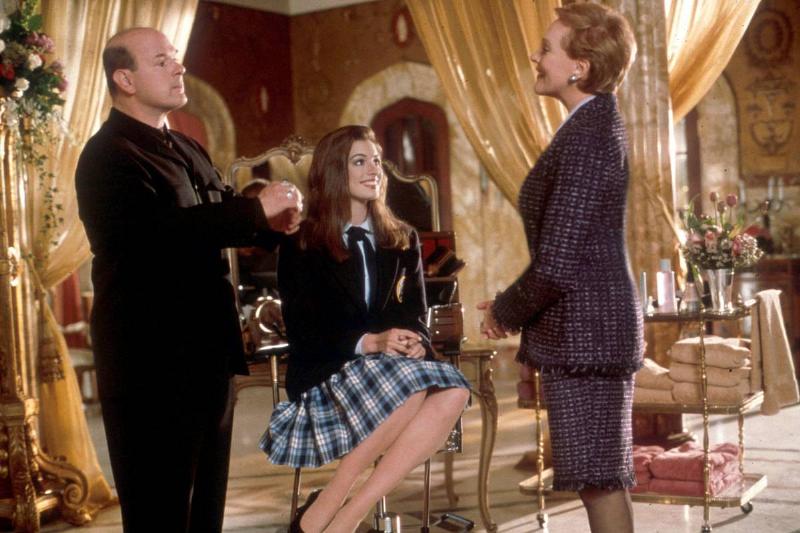
Seem Like Royalty When Crossing The Ankles
Show Flexibility By Choosing to Sit Cross-Legged
Many people who do yoga or meditation sit cross-legged, even when they aren’t practicing. They are often more carefree and open. The knees out to the side is interpreted as waiting to hear new ideas, making it emotionally and physically flexible.
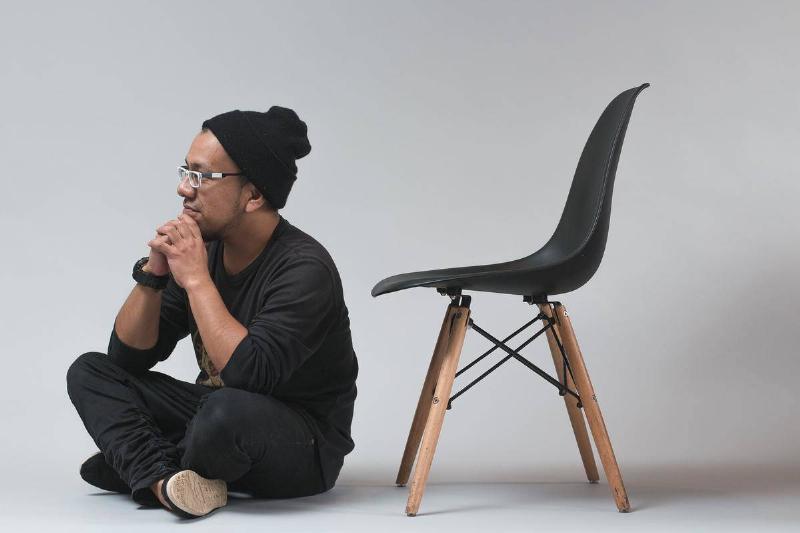
Show Flexibility By Choosing To Sit Cross Legged
Reclining Equals Observant
The world is often filled with external stimuli and is overwhelming. Those who sit in a reclined position might be trying to take everything in. Often, these people are analytical and don’t act out and might be called empaths.
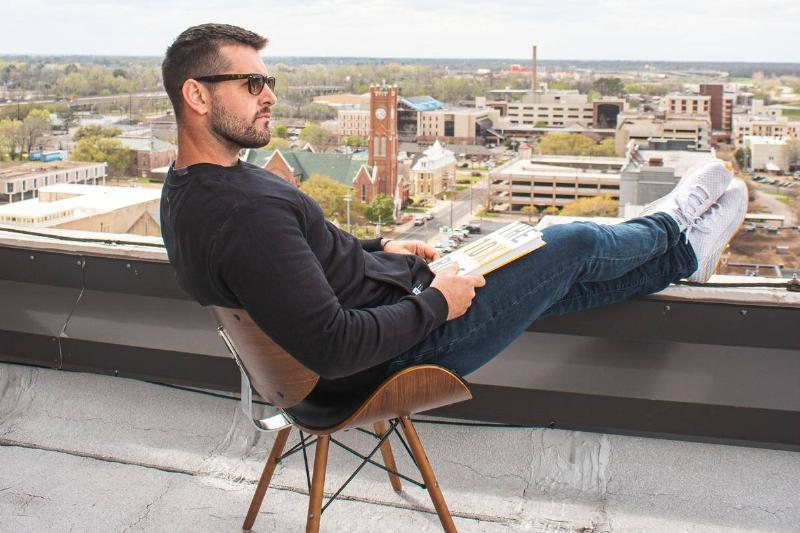
Reclining Equals Observant
Why Clasp Hands in the Lap
People who tightly clasp their hands together are often thought of as anxious. However, it signals that someone is emotional and passionate. You may naturally be drawn to those people because they are warm, trustworthy, and funny.

Why Clasp Hands In The Lap
Type A People
Have you noticed that someone sits with their legs crossed and shakes or bounces the leg? It could mean they have the Type A personality. They are often reliable, prompt, and organized, staying calm under pressure.
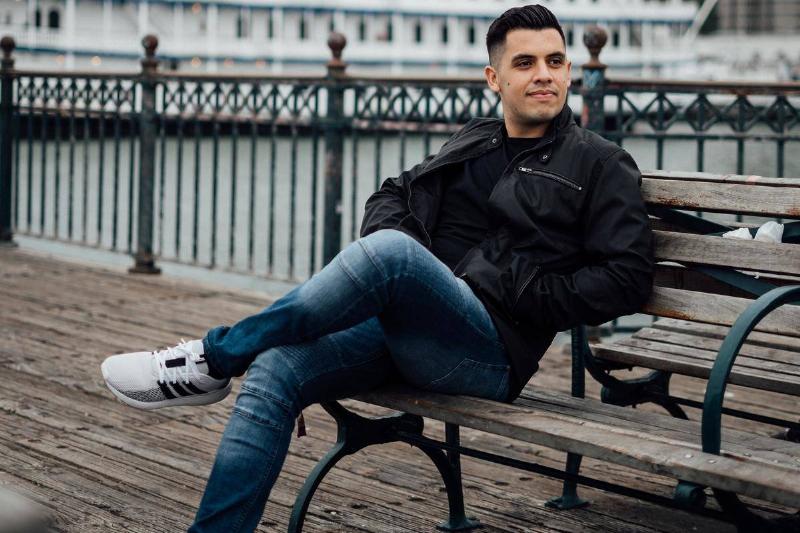
Type A People
Why Rest Your Hands in the Lap
People who have their hands resting in their laps without clasping them put others first and keep to themselves. They can control their emotions and rarely get upset. Typically, they are gentle, compassionate, and humble.
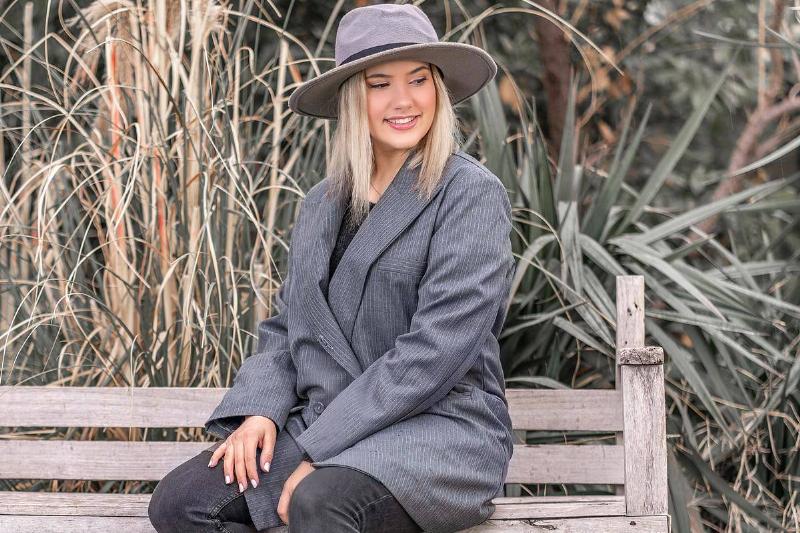
Why Rest Your Hands In The Lap
Clutching Armrests
Armrests are a support system, so people clutch them when they need emotional and physical support. They may be sensitive and prefer to know their surroundings. Typically, they need more security and comfort, which the armrests symbolize.

Clutching Armrests
Cross the Arms
If someone crosses their arms while sitting, you might think they’re unapproachable. However, they’re usually confident, defensive, and strong. They may feel the need to protect themselves and shield their bodies from the world.

Cross The Arms
Kneeling Caregivers
It’s often hard to sit in the kneeling position, but it goes along with being helpful and assertive. Caregivers often kneel to be at eye level with their charges. If you do it a lot, you might be a problem solver or natural-born leader.

Kneeling Caregivers
Creative People
Someone who sits with the feet facing each other and knees together could be charismatic and creative. They’re a Type B personality and prefer spontaneity. Though they might get into trouble a lot, they also know how to get out of it.
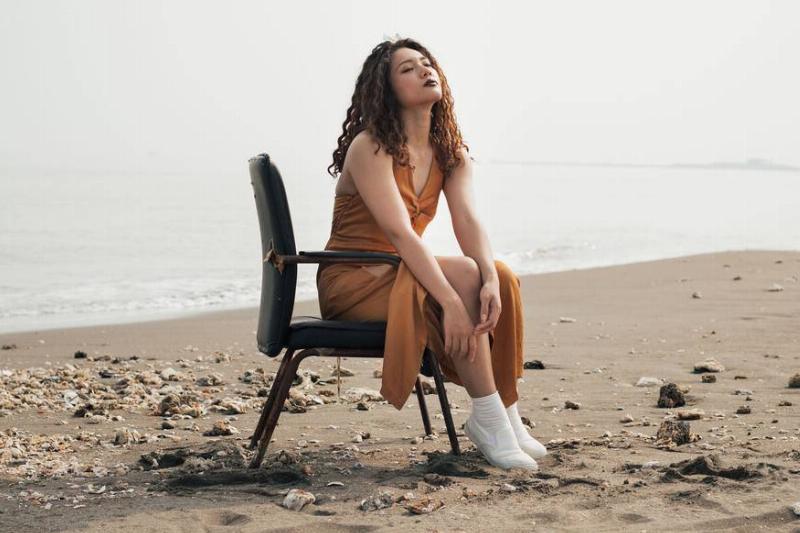
Creative People
Cross the Legs
If you cross your legs but don’t move them, you probably have a huge imagination. You get lost in daydreams and are great at telling stories. With that, you know yourself and are a good listener.

Cross The Legs
Sidesaddle Position
If you sit with your knees to the side, it’s called the sidesaddle position. You may be seen as sweet, caring, and delicate. It also indicates a flirty nature.

Sidesaddle Position
Folded Hands in the Lap
If someone folds their hands together regularly, they are often peaceful, kind, and calm. Generally, they are introverted and like alone-time but are passionate about those in their world.

Folded Hands In The Lap
Straight Legs
People who sit with their feet flat and legs straight are often rational, smart, neat, and punctual. They are reserved but enjoy talking honestly and openly when given the chance.

Straight Legs
Good Posture
It’s important to have good posture when sitting. This often includes an erect and straight back. These people tend to be strong, confident, caring, reliable, and trustworthy. In general, they are responsible.
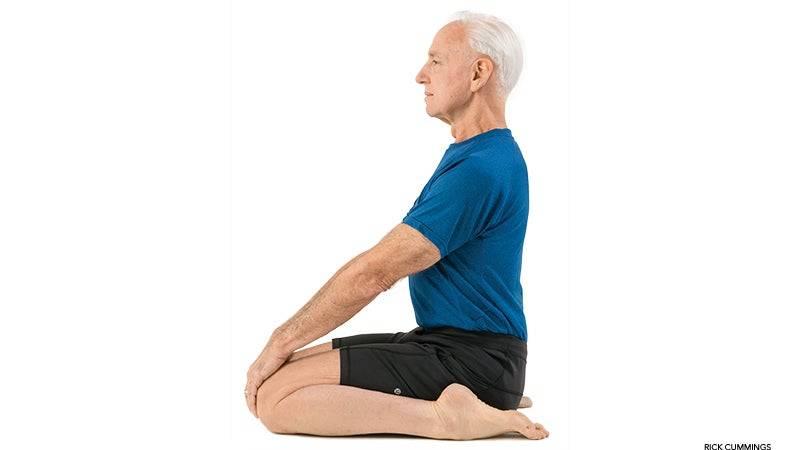
Good Posture
Goal-Oriented
A refined way to sit is to keep the legs together and tilted slightly to the side. These people often focus on their careers and are goal-oriented. They may even be perfectionists and could miss precious moments because of it.
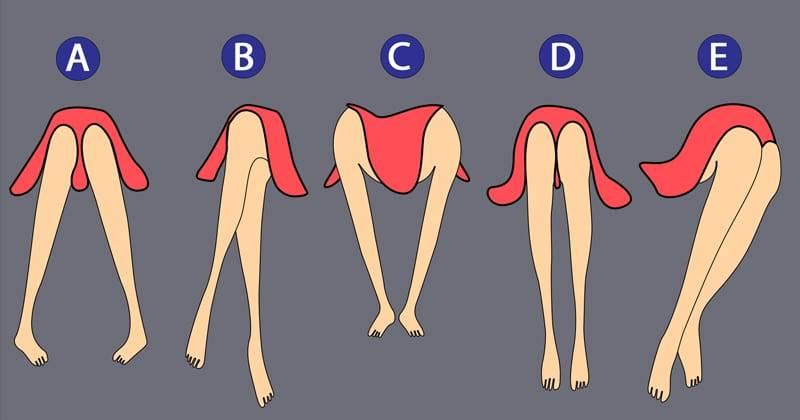
Goal Oriented
Take Breaks
Even if you spend most of the day sitting, you should take breaks. When you sit for a long time, it causes muscle fatigue and reduces blood flow. Consider shorter or longer breaks as often as you can.
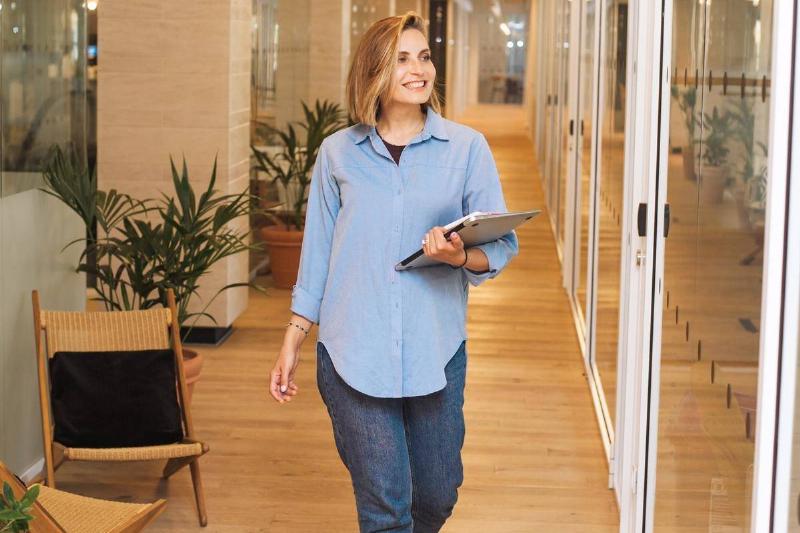
Take Breaks
Supported Back
Use an ergonomic chair to ensure that your back gets plenty of support while sitting. They reduce friction and stress on the muscles and bones. It’s possible to get a pillow or use a rolled towel on the lower back, too.
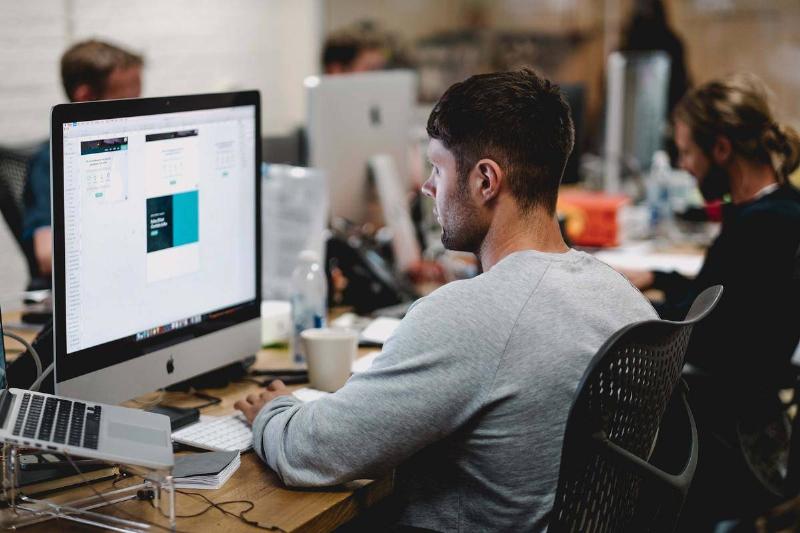
Supported Back
Use a Headset
Do you strain to look at your device? Consider getting a headset. When you bend your neck, it causes ligament damage, pain, and stiff muscles that just get worse with time.
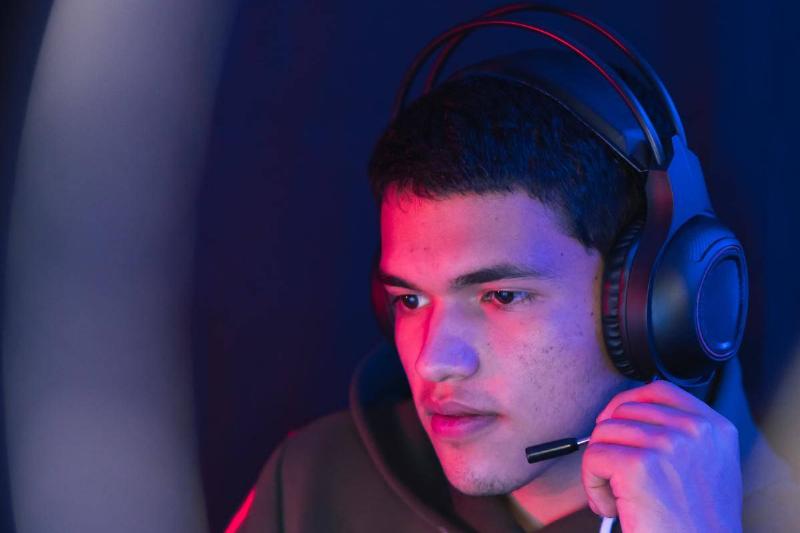
Use A Headset
Chair Settings
You could feel pain when sitting for long periods because the chair’s settings aren’t right for you. The legs and arms must be parallel to the ground, with the knees even at the hips.
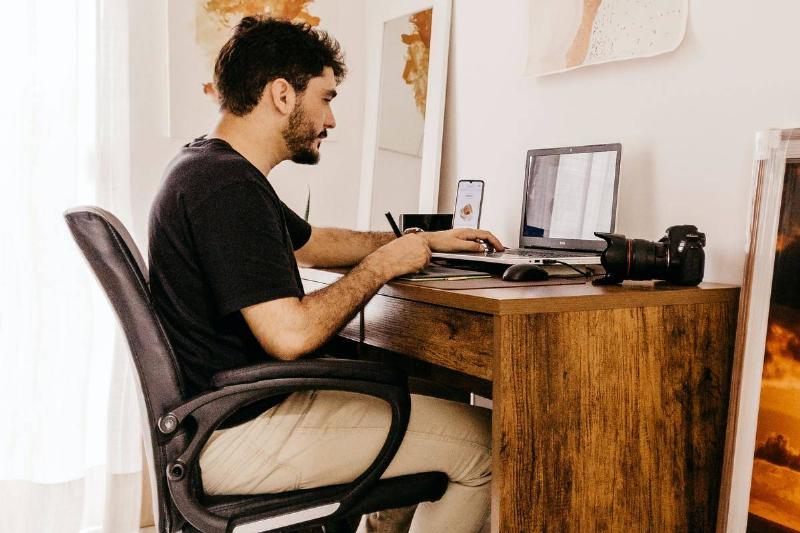
Chair Settings
Don’t Reach
When you sit down, everything you normally use should be within arm’s reach. If you stretch while sitting, it’s easy to strain the muscles. Severe joint pain is possible if you have to do that many times a day.
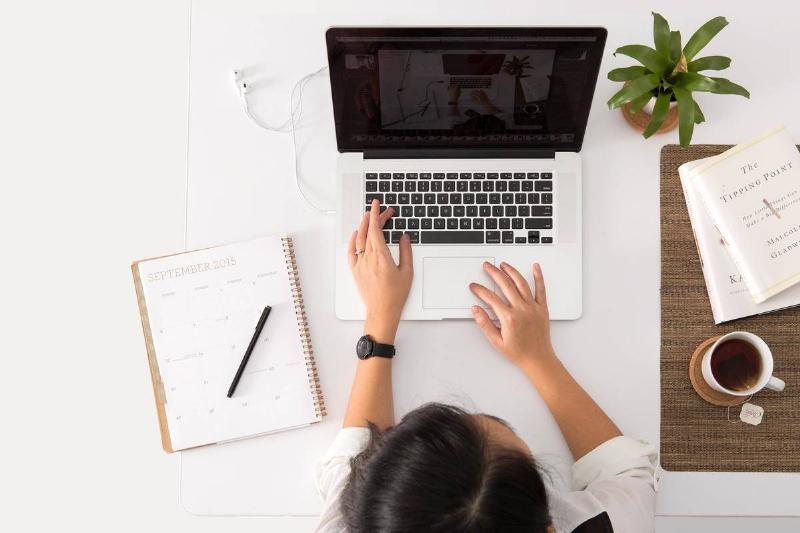
Don’t Reach
Sit Properly
There are different sitting positions, but it’s best to sit with your feet on the floor and the body weight distributed between the hips. Your knees must be bent at right angles, and don’t sit with the legs crossed.
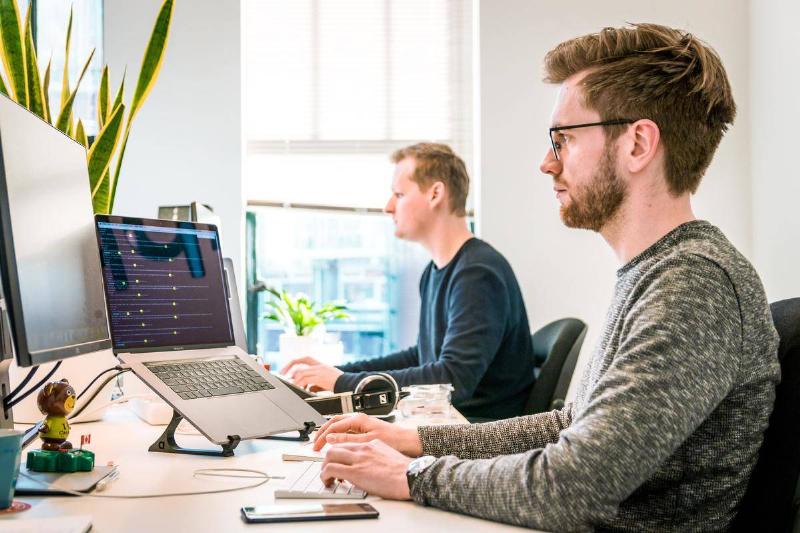
Sit Properly
Know This If You Work in an Office
It’s easy to not use your mouse correctly. It should be on the same surface as the keyboard and within easy reach. Make sure the wrist is straight when using it. Plus, the hands should be below the elbows.
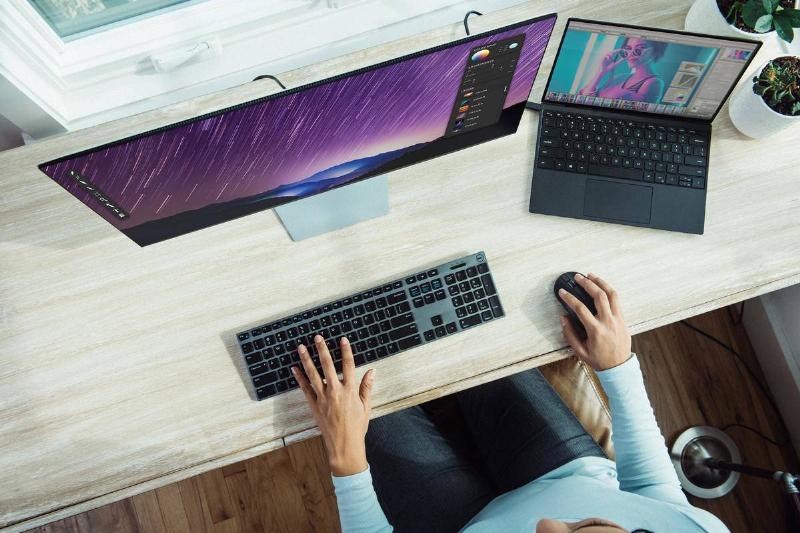
Know This If You Work In An Office
Make Typing Easier
The keyboard must be directly in front of the monitor, about 4 to 6 inches from the edge of the desk. That way, you don’t strain your wrists. A way to fix that problem is to get a padded wrist rest.
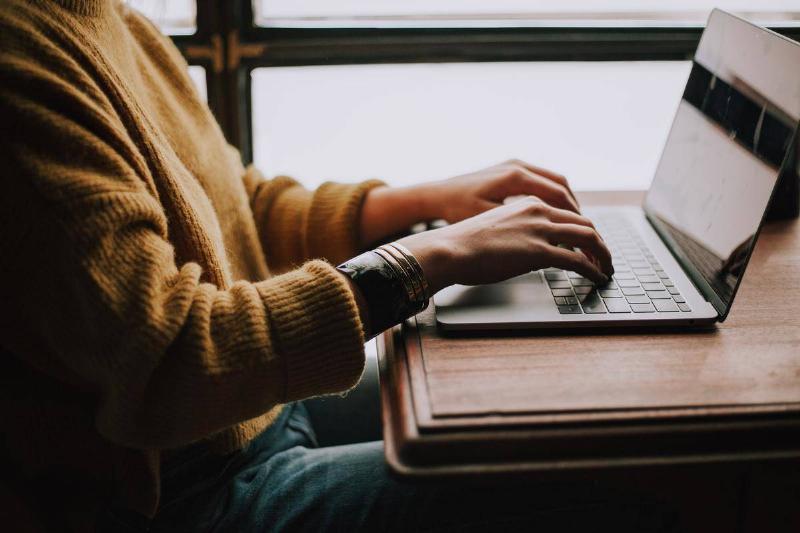
Make Typing Easier
Eye Level Screens
You should always keep computer, tablet, and phone screens at eye level to prevent strain on the eyes and neck. They should be one arm’s length away and 2 inches below/above the eye.
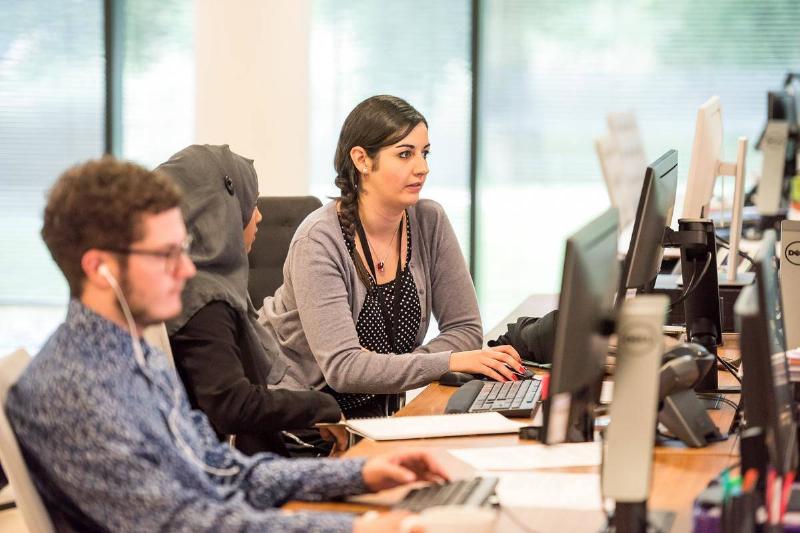
Eye Level Screens
Yearning Log Sleep Position
If you sleep on your side and stretch your arms out, it’s called the yearning log. You may be trusting and more open than others. Though they aren’t gullible, they might be indecisive.

Yearning Log Sleep Position
Left Side of the Bed
Those who sleep on their left sides may reduce their heartburn symptoms. This is because, when sleeping on the right, the esophageal sphincter relaxes, letting stomach acid get out to irritate the throat.
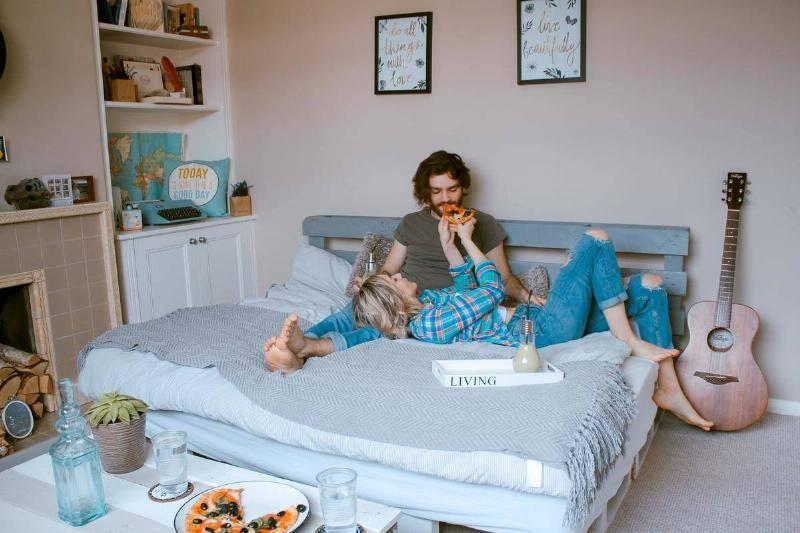
Left Side Of The Bed
Side Sleeper Tips
If you sleep in the fetal position, try not to put your knees all the way to your chest. Use a small pillow between the knees so that the spine stays aligned. You may also want to hug a pillow to ensure that your arms are outstretched.
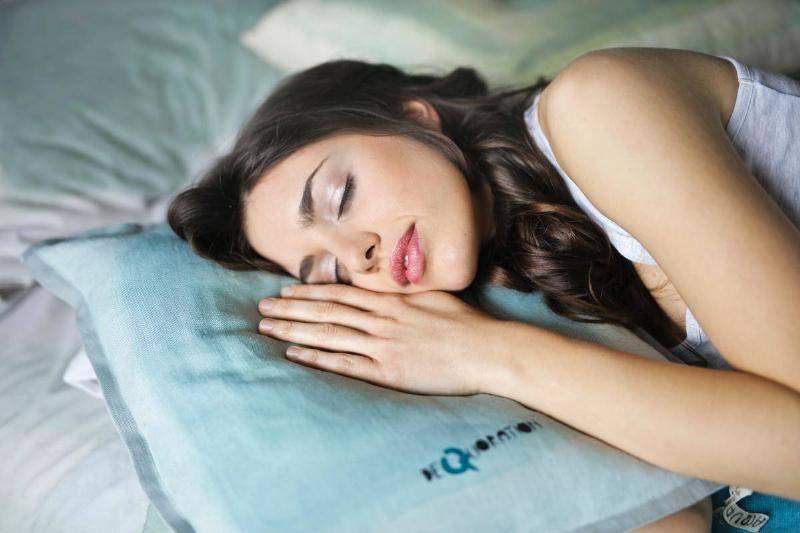
Side Sleeper Tips
Why Choose the Right Side
Though sleeping on the left might help your heartburn, sleeping on the right is heart-healthy. There’s no gravitational pressure to the heart. You may sleep like that if you drink caffeine throughout the day.
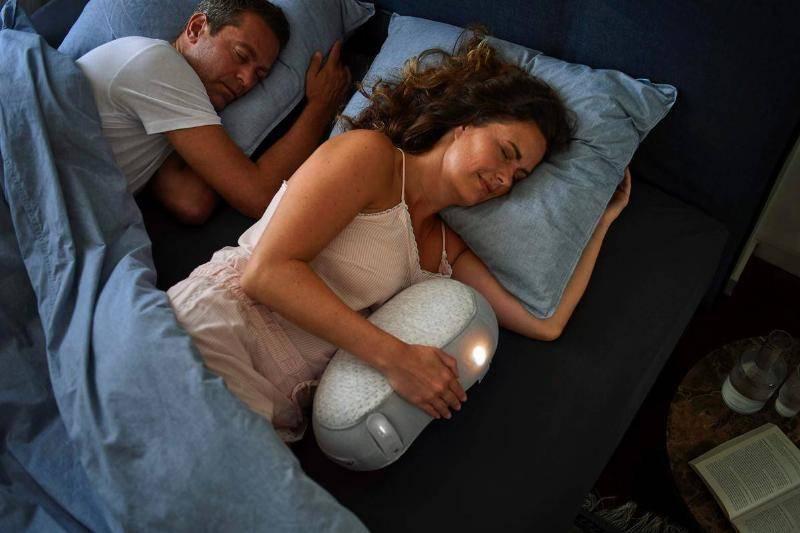
Why Choose The Right Side
No Stomach Sleeping
Those who sleep on their stomachs could have many issues. It might obstruct your airway and put more stress on the neck and lower back. Plus, your spine might realign to give you pain throughout the day.

No Stomach Sleeping
Young on the Back
People who sleep on their backs are often younger (25 to 34) and work in logistics or transportation. They tend to wake up refreshed, but they snore more.
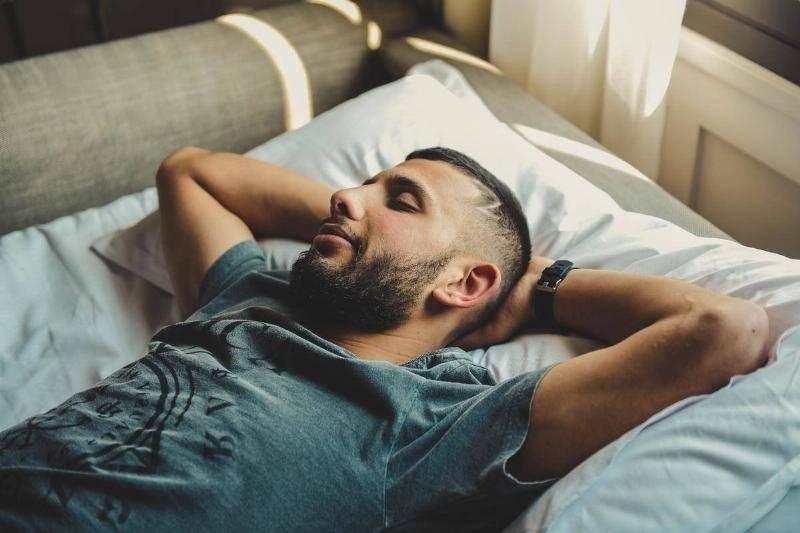
Young On The Back
Fetal Position Is Common
The fetal position is actually the most common one, especially for females. They are generally sensitive and shy. Often, they use it to feel a sense of safety, especially if they don’t have that in their waking lives.
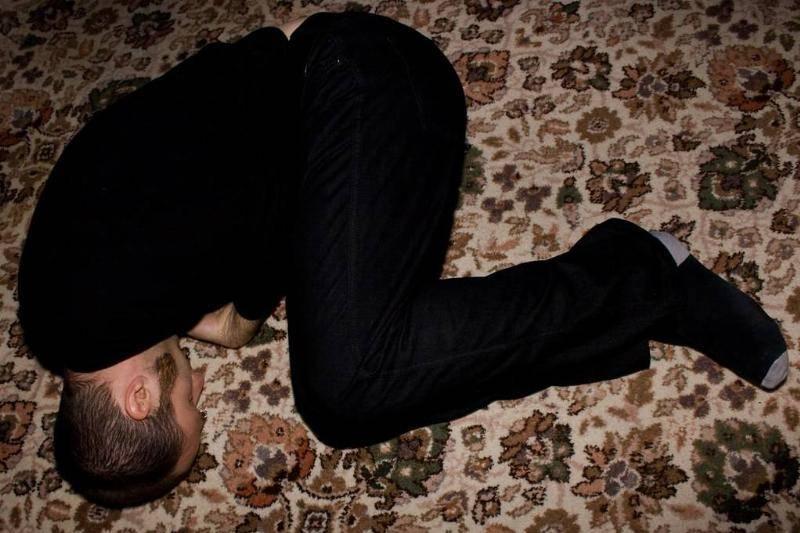
Fetal Position Is Common
Sleepy Soldier Position
If you lie flat on your back with the arms at your side, you use the sleepy soldier position. You’re probably reserved, quiet, independent, and focused. You ultimately love structure and take yourself too seriously.
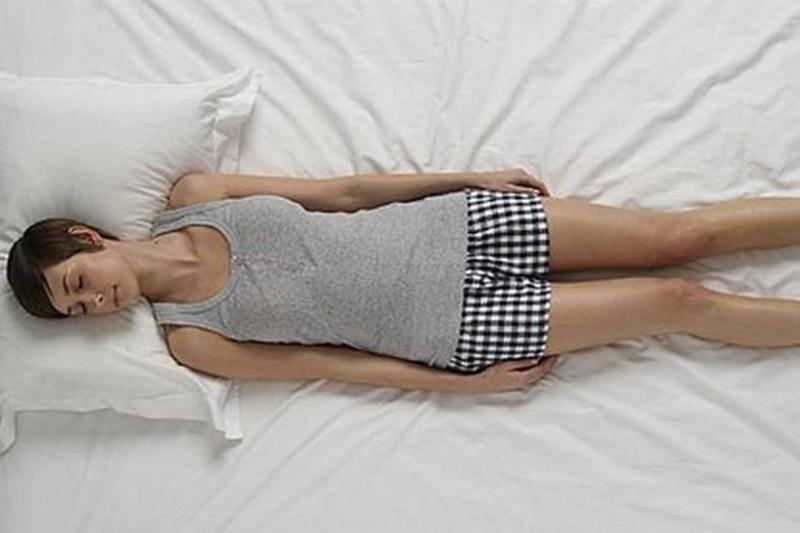
Sleepy Soldier Position
Shooting Star
A unique choice is the shooting star. You sleep on your back with your arms over your head and legs out. Men often choose this position and are supportive, selfless, giving, and listen well.

Shooting Star
Skydiver
If you sleep in a free-faller or skydiver position, you lay on the stomach with the arms wrapped around a pillow and your head to the side. This is often how millennials and Gen-Xers sleep. These people tend to be playful and fun on the outside but controlling and anxious inside.

Skydiver
Couples
Most couples sleep far apart and back to back. It’s called the liberty lovers. They’re often secure and connected in their relationship. Plus, this position relieves pressure in the internal organs.
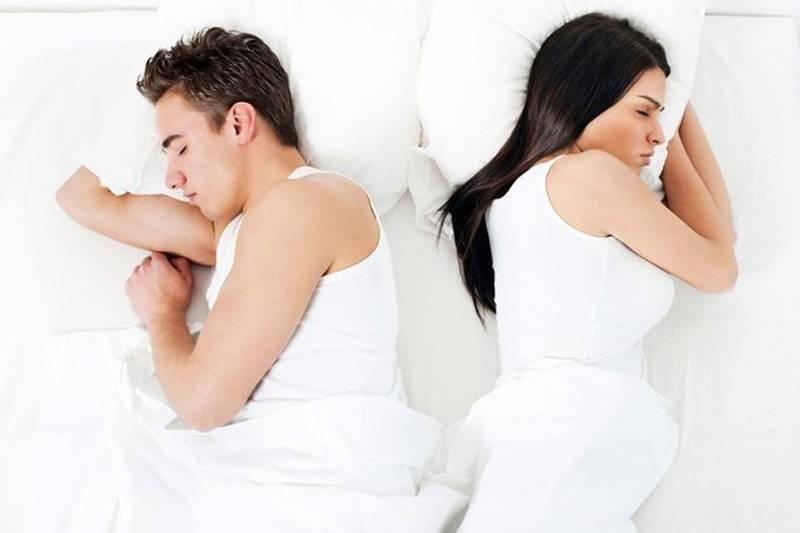
Couples
Spooning
Spooning is a popular option for couples. Though it’s romantic, there’s also a power dynamic. One is the big spoon and hugs the little spoon. It can reduce aches and pains and is good for breathing.

Spooning
Back-to-back Touching
Couples who sleep facing away from the other but with their backs touching mean that they are comfortable with each other and relaxed. Because it’s side sleeping, you may feel less pain in the morning.
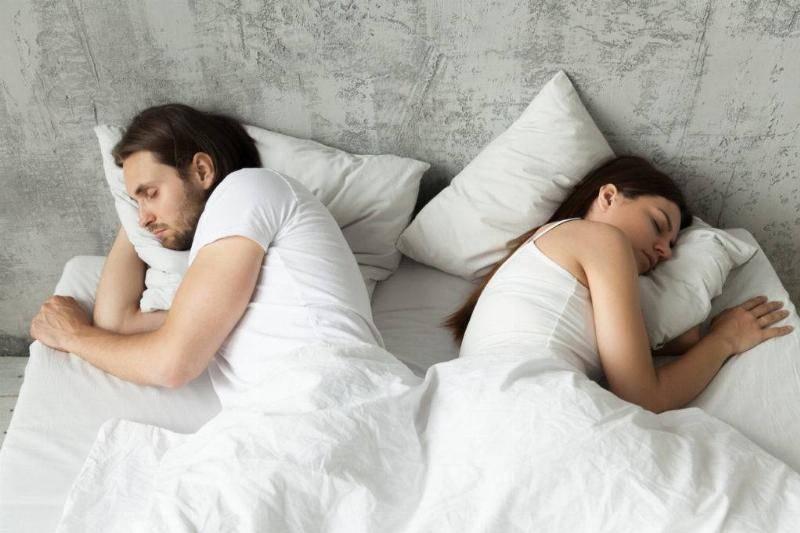
Back To Back Touching


